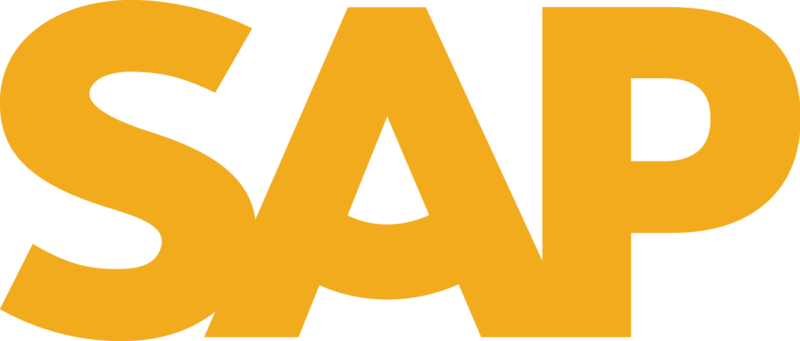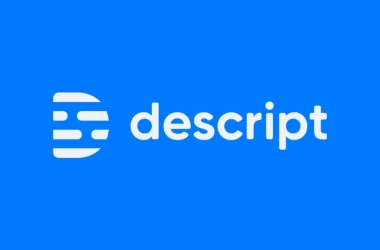In the world of enterprise resource planning (ERP) solutions, SAP has been a powerhouse for many years. SAP’s suite of tools encompass many of the different tools that businesses need for a business to run. However, as technology has evolved and as businesses try to build an ever more specific software stack for their business, demand for sap alternative has grown. We’ll dig into the SAP alternatives on the market now, letting you know what they offer and why you might want to consider using one of these as opposed to the big, grey SAP.
Features And Limitation Of SAP

Looking into SAP’s strong suit and its weak spots reveals a complicated connected ecosystem of integrated modules, adaptable solutions, and robust analytics features that businesses must negotiate as they weigh the substantial potential total cost of ownership and the realities of oracle-like UI issues to get a fuller picture of the ERP power house
SAP Features
- Integrated Modules: SAP contains multiple integrated modules for various areas such as finance, supply chain, and human resources. This fosters seamless communication and data flow across different departments.
- Scalability: SAP is designed with scalability in mind, so businesses can grow with the robustness and flexibility to support such operations.
- Sophisticated Analytics Capabilities: Businesses can drill down and get granular insight into their performance with the and predictive tools within SAP.
- Global Presence: SAP’s presence around the world, and its adoption can mean for multinational corporations, they’re able to standardize processes across diverse locations.
- Customization: SAP is able to be sophisticated designed for tailored solutions — which can be work to an advantage from organizational requirements.
Limitations of SAP
- Complex Implementation: The longer-term, and often complex implementation of SAP can be time-consuming and require skilled professionals during the effort.
- High Cost of Ownership: High initial investment and maintenance fees can mean SAP is often out of reach, particularly for small businesses with budget constraints.
- User Interface Challenges: One of the biggest complaints about SAP is its less intuitive user interface, and longer learning curve as compared to other solutions that are quick to get up and running on.
- Dependency on Skilled Professionals: SAP often requires businesses to rely on skilled professionals that are well-versed in the system, and that can dramatically increase the overall cost.
- Potential Overkill for Smaller Businesses: The capabilities of SAP can sometimes be more than what a smaller business needs, creating a situation where it’s total overkill for what it’s doing and capable of handling.
What Sets SAP Apart?
It’s the first of these — the seamless integration of its comprehensive modules into a complete solution — that really sets SAP apart. Instead of the basic functionality and à la carte modular approach to its software taken by so many of its competitors, SAP has developed a unified, collaborative ecosystem: the modules are nothing if not integrated.
This obviously means superior communication and data flow between departments, one of the primary differentiators over many of its rivals. Scalability is another, as the software can adapt its processes to those of an enterprise under 15 users or one with several hundred thousand. SAP is similarly the defacto choice for a global corporation that requires a virtually identical process across every one of its several thousand worldwide deployments — the company’s global reach and countless international blue chip companies using its software speaks to that.
Then, there’s the simple fact than SAP is almost as flexible and reliable as it is customizable — and its as customizable as anything you’ll find. It’s probably the case that with any one of those four things, there is at least a product or two that’s as good or better then SAP. But its suite of these modules, along with… you have to say it, their scalability, global reach and customization might just mean that they’ve left those chasing the ERP solution for so long in their IT wake.
Why Seek SAP Alternatives
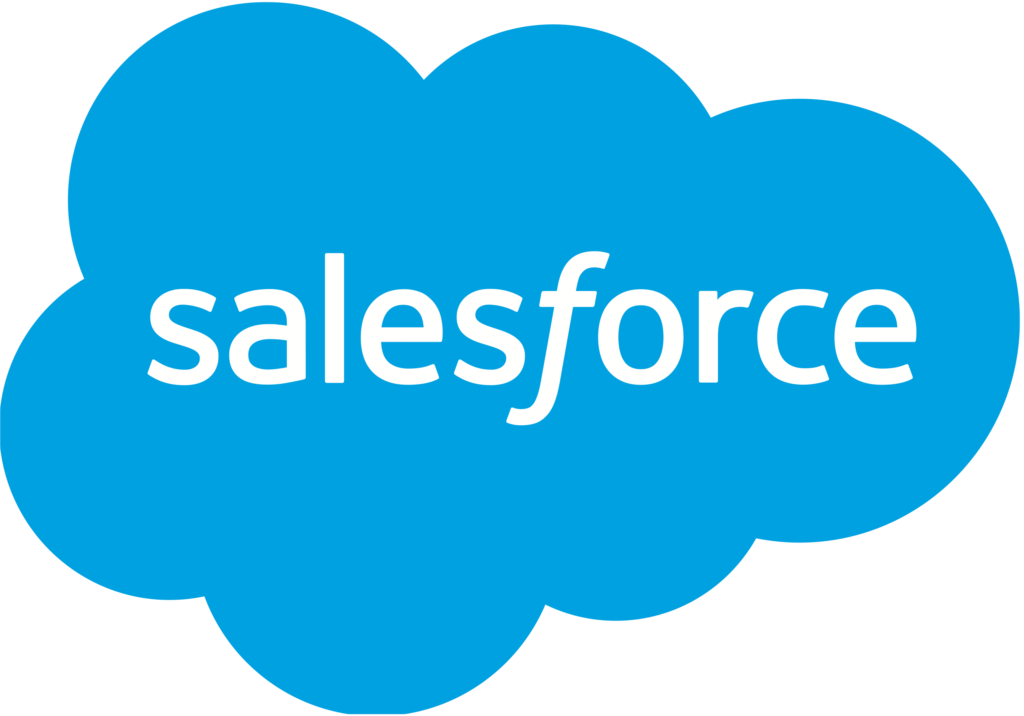
Trying to keep up with the flood of new technologies “born in the cloud,” many companies are on a quest for more flexibility, lower costs and friendlier solutions that take full advantage of this new wave, and are looking at nearly every option beyond traditional SAP.
1. Cost Considerations and Financial Efficiency
One of the primary elements driving the exploration of sap alternative is the significant financial investment necessary to implement and maintain SAP systems. Many businesses find the upfront cost, as well as ongoing licensing and support fees, to be overbearing – and even prohibitive for smaller organizations. Pursuing sap alternative allows businesses to identify solutions that offer robust, feature-rich systems at a fraction of the “name brand” cost. This level of financial efficiency quickly becomes a critical element when attempting to maximize the ROI of the substantial investment that ERP represents.
2. Desire for a User-Friendly Interface
SAP sells on the strength of its functionality, yet it has its roots in the terrible user interface. It’s often not an easy learning curve for new users. This can be maddening for companies, and so they look for sap alternative that offer a more intuitive interface. What they discover is a cleaner design can make a world of difference as new staff comes up to speed, not to mention the productivity and happiness of all users. In this way, the search for ease of use and simplicity becomes a driving force behind the search for sap alternative. They want the highest level of engagement and efficiency from their users.
3. Evolving Business Needs and Flexibility Requirements
Business needs change. That should be reason enough to look for solutions. A company should be free to adapt, change and improve as the business demands. Because the solution is so big, perhaps companies feel that merely scratches the surface of the answer. While the breadth and depth of the product might be seen as an advantage, very few, if any companies will ever need that much. They never use the full suite of features and as a result, pay far more money that they otherwise would for a product that too often is completely overkill for their company. They seek an sap alternative and find a product that is serves a much more tailored approach.
4. Technological Advancements and Innovation
Technological Advancements and Innovation Companies today are always looking to improve, adapt and take advantage of the latest technological advancements to stay ahead of the competition. SAP, while certainly a big name in the ERP space, might always have trouble keeping up with the rapid pace of technological evolution. Companies searching for technology-rich features, seamless integrations, and frequent updates will often look to sap alternative that offer nothing less than technological excellence – ensuring that they remain at the forefront of technological capabilities vis-a-vis their ERP solutions.
Commonly Used SAP Alternatives For Streamlined Business Operations
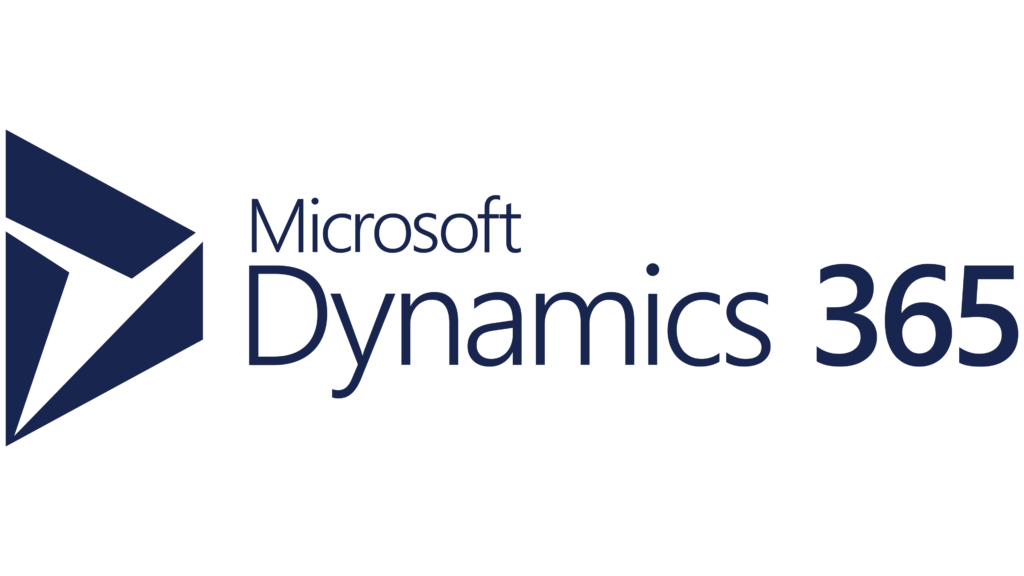
F4r example, savvy organizations are looking for ways to streamline operations, such as these commonly used sap alternative, each with their own brand of strengths: a highly integrated ecosystem, cloud flexibility, economy and the solution that best fits very unique business need.
1. Microsoft Dynamics 365
Microsoft Dynamics 365 has hit the market as a game changer that creates a combined ERP and CRM solution on a seamlessly integrated ecosystem where collaboration between different departments, delivering efficient business processes where they break down traditional silos that compromise productivity. One of its major benefits is the fact that it’s completely cloud-based delivers the kind of flexibility and scalability where it is easy to adapt to changing business needs.
2. NetSuite
Following its acquisition by Oracle, the cloud-based ERP solution has certainly won plenty of attention for offering end-to-end business management that incorporates everything from financials to CRM They result is an integrated suite where an end-to-end real-time analytics package gives business decision makers actionable insights that lead to data driven decision making and those overall business efficiencies.
3. Zoho Corporation
Zoho Corporation offers a comprehensive and affordable suite of business apps — many with functionality that in many cases can be a viable replacement SAP’s — and at a fraction of the cost of SAP’s applications without a full suite. Zoho Corporation’s cloud-based ERP applications are also fully customizable, supporting a business process today and and into the future as the enterprise grows — without adding extraneous ERP applications and add-ons to do so.
4. Google
When collaboration is a top priority, Google applications should also be at the top of the list. From documents to email to calendars, the solution is entirely web-based; employees can work from anywhere and integrate across the entire Google suite to improve team efficiency. When evaluating cost and time over resources, literally none of the resources are wasted.
5. Salesforce
Upon the foundation of Salesforce’s CRM solutions, its move into the technician realm have allowed it become the cloud leader bar none, providing sales, customer service, marketing and much, much more and with operations/ERP now integrated, companies can be far more confident it’s ability to scale and do anything they want. Artificial intelligence insights, however, have been incorporated throughout so it now makes smarter and more responsive decision letting everyone know who the true sales (or other) leader is.
6. Workday
Workday has long been carving out turf in human capital management (HCM) – they now supply financial management solutions as well. Both are designed with a user interface (UI) that they say helps employees wherever they are in the organization to more readily embrace the enterprise resource planning (ERP) they drive. Regular updates from code developed over the web from customer feedback across the update release community can give “continuous innovation,” Workday told us that keep the solution at the front lines of ERP capability and gives businesses the wherewithal to stay there.
7. AWS (Amazon Web Services)
AWS: For companies needing an immediate cloud products delivery option for operational processing optimization, AWS is the solution. Vendors with the solution immediately ready to go should also consider this option from day one, as Amazon is both the most scalable and the most dependable. Much like Oracle Cloud, additional services are available as are integration capabilities with other AWS components in order to lay the framework for centralized, digital infrastructure that can standards set down by a company looking to separation from the pack
8. Oracle Analytics Cloud
For companies needing even more advanced analytics capabilities than its Oracle Cloud offers, Oracle Analytics Cloud provides additional solutions. These latest additions represent the furthest in a series of edits meant to truly let companies understand their data and make operational process decisions. As an Oracle solution, the Analytics Cloud also supports comprehensive cross-solution compatibility in addition to robust capabilities deployed over decades of usage in companies.
9. Qlik
For users looking to create an ERP system as one powerful analytics solution, Qlik’s data analytics and visualization platform provides the company’s rugged solution. The platform that boasts user friendly data discovery for streaming exploration and visualization are part of what contributes to making the platform a new revolutionary and a leader in Gartner’s Magic Quadrant for Business Intelligence and Analytics Platforms recognition. The solutions’ associativity model in the data model keep data in sync across all related data sources. This helps users maintain data relationships and keep operations running smoothly and without errors.
10. Sage Intacct
Sage Intacct is the leading accounting and financial management solution that was created by professional general ledger software professionals, who know the financial part of any businesses better than any other people of fame in ERP systems. There’s no denying the automated financial capabilities of their platform is really good for businesses. Companies don’t have to watch their financial operations, because the software is watching their numbers for any slipups that can spin them out of control and cause major effect to the business.
New recognition for the scalability and options of their cloud-based is very strong, pushing it towards a “revolution” in the business operations. This will enable the gem of the system to be more expanded in other market sectors.
Factors To Consider While Choosing The Perfect SAP Alternative
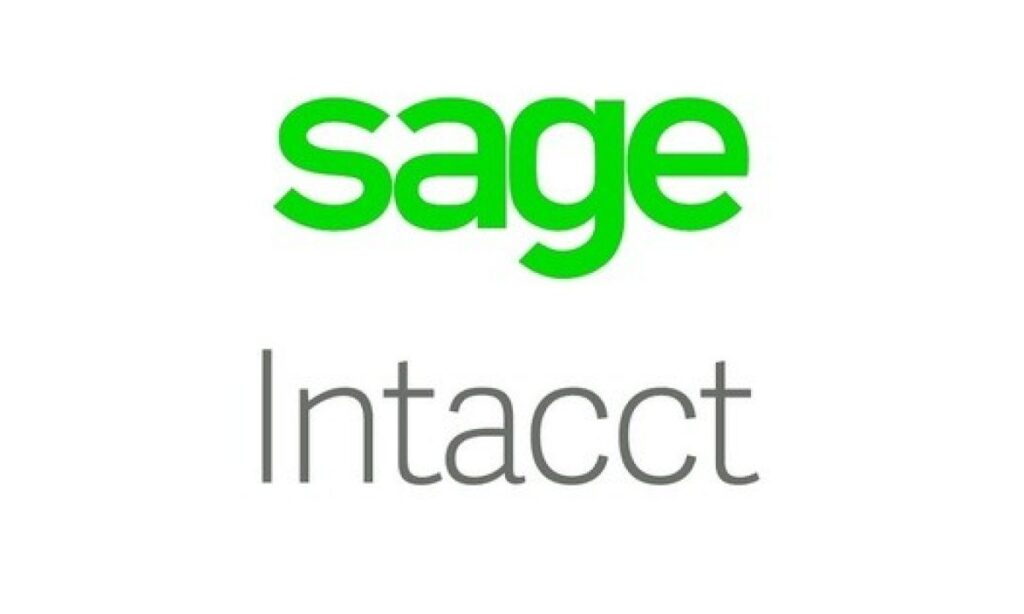
As businesses begin the search for the best SAP alternative, they need to carefully evaluate a handful of criteria to ensure the solution meets their immediate needs while fitting in with broader strategic goals. Here are five key evaluative areas they shouldn’t miss:
1. Total Cost of Ownership
The platform’s cost doesn’t stop with the licensing and implementation fees. Does the total cost of ownership (TCO) include never-ending maintenance fees? Can it scale without prohibitively high customization spend? And, what about hidden costs that pop up over the platform’s life in function? Do the financial homework so that low cost doesn’t lead to cheapness with features.
2. Scalability
At some point, every business grows and transforms. An sap alternative needs to grow and transform with it. Companies should select the one that will allow a smooth glidepath for an evolving organization. Look for one that can easily scale as data load grows, users increase, and functionality expands — without significant disruptions.
3. User Interface
Most important to successful adoption of a new ERP solution is a user interface that just feels friendly. After all, if employees can’t learn it, they won’t. Select an sap alternative with a user-friendly and intuitive design that will let staff with little IT and even less ERP experience come up to speed in no time. A good user-centred design can lead to heighted productivity, employee satisfaction, and a seamless transition for employees struggling with the new system.
4. Integration
A big part of its effectiveness is how easily the sap alternative integrates with existing applications and tools that are an essential part of business operations. It needs to play nicely with ancillary applications, transportation, and customer relationship systems, web stores, vendor purchase order systems, and the like. A well working sap alternative integration minimizes the bench-fighting and data silos that can perceptibly slow things at production time, render workflows obtuse, and turn off a faucet for the efficient assembling and flow of information from one functional area to the next.
5. Industry-Specific Functionalities
Many industry regulations and requirements are — or at least seem to be — unique. Does the ERP offer the kind of vertical specificity that your industry may need? Particular industry’s compliance standards? An alliance with a particular trucking company to route shipments economically? Or perhaps facilities that cater to fashion or electronics companies? Select an sap alternative that meets these needs so that the ERP can promote that level of industry specific operational efficiency.
Conclusion
The SAP market has reached maturity ? the marketplace is lively with solid, progressive solutions that represent ERP strategies for practically every industry niche.When searching for the finest ERP solution for your company, you will carefully evaluate the scores of options that are now available to your organization. That evaluation will include things like a: cost efficiency, and scalability, as well as an interface that is intuitive, integration capabilities that make sense, and the ability to meet industry specific requirements.
The decision to invest in an sap alternative has perhaps never been more significant than it is now ? in an era where organizations are moving towards a global, digital economy, the bottom line is simple: Organizations must bolster their operational efficiency, cultivate a workforce that is far more agile and more productive, and they must ? more than anything, in an age where innovation knows no bounds and industry trends are changing by the second, they must remain competitive.
Conduct a thorough comparative analysis of the strength of each solution versus your industry unique needs, and you will be more than capable of achieving the full power of the new solutions that you have pledged to ? streamlined operations, increased efficiency, and fortifications to your digital infrastructure. The search for the ultimate SAP alternative is no longer an exercise in the selection of a system. It has now become an investment in strategy that will be the cornerstone of a enterprise’s ability to not only compete, but to thrive in the next stage of the evolution of ERP.




